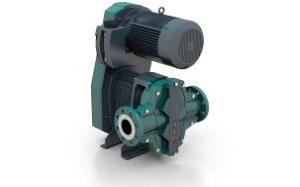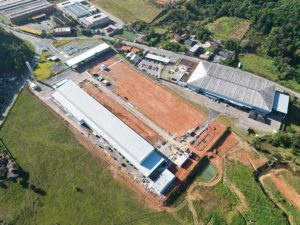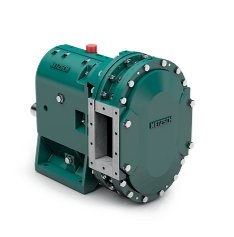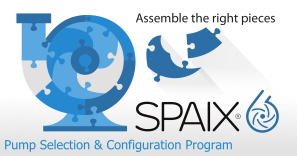Netzsch Highlights Tornado T2 Rotary Lobe Pump
Netzsch Pumpen & Systeme GmbH announces that its Tornado T2 rotary lobe pump increases reliability, maintenance, and performance, while reducing the total cost of ownership. Self-priming and valve-less, the Tornado T2 is a positive displacement pump ideal for any kind of liquid, including media containing gas, solids or fibrous matter.

Tornado T2 (Image: Netzsch)
The Tornado T2 pump can be used in intermittent, continuous or metering applications.
Unlike conventional rotary lobe pumps that use standard elastomer lobes, the concept of the Tornado T2 is based on two hardened steel lobes that rotate in a geometrically adapted elastomer insert. This bi-lobe rotor design creates a considerably longer sealing line, providing more wear padding. A specially developed pulsation reduction system ensures minimal pulsation or shear forces.
The pump features an elastomer insert design that saves energy, reduces wear, and increases overall service life. Vulcanized onto the edges of the lobes to create a permanent hard-soft contact between the lobes throughout the 360° rotation cycle, the inserts avoid high-wear contact. The elastomer cage acts as a stator and is subject to less dynamic load and deformation than a traditional rotary lobe pump design, where thick elastomer packages on the lobes are in constant kneading contact.
The pump design also replaces complex timing gear with a robust synchronous toothed belt drive system. The drive greatly reduces the danger of transmission damage and also decreases required weight and installation space. Since the drive requires no lubrication, the chance of oil leaks is completely eliminated.
The Tornado T2 features the innovative FSIP™ (full service in place) design, which improves access for inspection, cleaning, service, and replacing parts. Simply removing the cover plate on the Tornado T2 allows quick and easy access to the pump chamber. The rotors can be removed and replaced easily and quickly because they are not bolted or keyed to the shafts inside the pump head. The rotors’ geometry allows their independent removal without the need for special tools.







